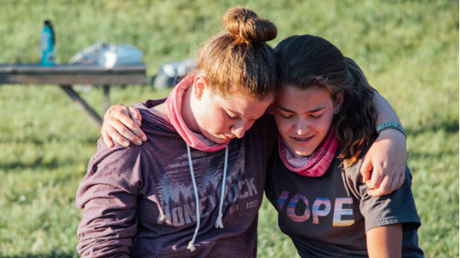How Christian Camps bring participants into a meaningful encounter with the Holy Spirit.

On the final Sunday of Epiphany, The Anglican church reads the account of Christ’s Transfiguration on Mount Tabor, this year from Mark 9. It is an appropriate transition into Lent later that week, the 40-day preparation for Easter in the Church Calendar. In the Mark narrative, the Transfiguration came soon after Jesus started to teach his disciples about his coming death (Mark 18:31). As they descended from the mountain, he told them not to tell anyone what they had seen until he arose from the dead (Mark 9:9). The Transfiguration, bookended by these teachings, was, among other things, intended to prepare the disciples for the mystery of the coming death and resurrection of our Lord Jesus Christ and its salvific power. Years later, Peter would write about this from a position of better understanding stating, “Because of that experience, we have even greater confidence in the message proclaimed by the prophets” (2 Peter 1:19).
The Transfiguration account was a formational encounter for Peter, James and John. It contains several key elements of Temporary Community, an essential component of Christian camping. Firstly, Jesus selected a small subgroup of disciples from his band of twelve to accompany him on this mini-expedition. Temporary communities by design have limited numbers of participants, allowing for more meaningful engagement among participants and with their facilitator. In Christian camping, larger groups of campers are divided into small units, often cabin groups of 8-10 that eat, sleep and engage in activities together for this very reason.
Second, the Transfiguration was a hyper-experience; an intense encounter. The disciples caught a glimpse of Jesus’ divine appearance, and chronos linear ...
from Christianity Today Magazine
via


.gif)

.gif)
.gif)
